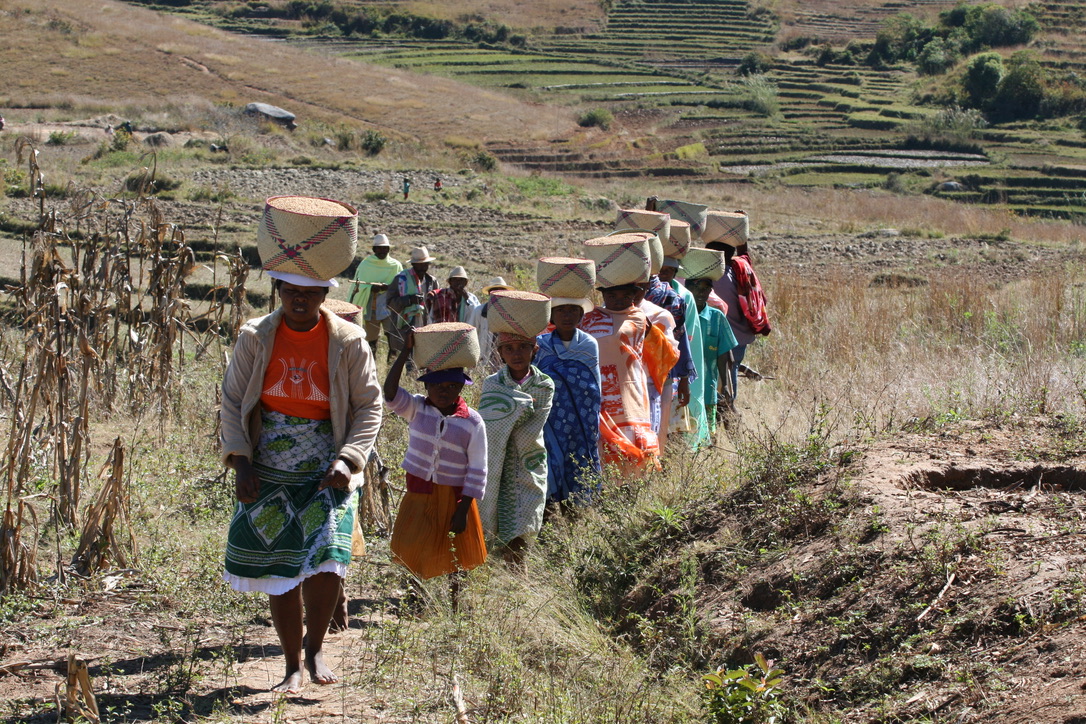Research
Ceaios project
Decoding the Swahili: Ancient and Modern DNA Studies of the Swahili of East Africa
The primary goal of the project is (1) to determine the genetic relationship between ancient and modern Swahili peoples who claim ancestry from Swahili medieval towns and cities; (2) to determine the place of origin of ancient urban residents; (3) to study pathologies and diseases that afflicted ancient urban residents; (4) to determine migration histories; and (5) to secure accelerated radiocarbon dates necessary for determining the chronology of these cities. Data gleaned from this research is serving as the baseline for decoding the ethnic and biological genealogy as a proxy for answering the long-standing question of who built the ancient cities of the Swahili coast of East Africa.

The Archaeology of Slavery in East Africa
Slave trading was essential to the economic systems of early states, kingdoms, and empires. Slavery was a prominent cultural practice and ideology in these societies. However, the role of slavery and the slave trade has not fully been incorporated into the debate on the archaeology of social complexity. The CEAIOS team conducts a region-wide survey of eighteenth and nineteenth centuries fortified settlements in East Africa. The team is testing the hypothesis that fortifications and other military-style installations were region-wide responses to the slaving mechanisms and raiding that became a part of the everyday experiences of African societies during the trans-Indian and Atlantic Ocean slave trade. Data gleaned from this project will enable the operationalization of usually theoretical discussions on the nature, scope, extent, and impact of slavery in Africa.

Impact of Modern Land Use on East African Ecosystem
This interdisciplinary project is being carried out in Kenya and Madagascar. The project investigates the impact of European settlement on the ecological, cultural, and historical landscape in Kenya and Madagascar. In Kenya, household socio-economic surveys, land use patterns and changes, and the collection of archival, ethnohistoric, and life histories are the major research components of the project. In Madagascar, the team studies the impact of rice culture on biodiversity in Central Madagascar. The key components of the research include (1) investigating the productivity and environmental impact of the present-day system of intensive rice agriculture and cow pastoralism; (2) understanding the relationship of farming to social organization and kinship; (3) understanding the history of landscape and vegetation; and (4) determining the present and past impact of rice farming, of both African and Asian varieties, on natural and human-managed environments in Madagascar.

Anthropology of Money
Money has been at the center of cultural evolution, yet it is often taken for granted by everyday people and economists alike, since its murky origins in ancient practices of bridewealth, recordkeeping around essential goods, and gifting of sacred objects to deities. The current moment of digitization of money, from blockchain monetary technologies, non-fungible tokens, and central bank digital currencies, holds promise for the agency and innovations of everyday people, but also new entanglements amongst powerful entities such as banks, states, social media platforms, and global elite networks. The anthropology of money project seeks to reveal the origins and development of money as a vital social technology, material infrastructure, symbolic system of meanings, and political struggle for value amongst everyday people, states, and elites. The project uses archaeological evidence of the material and social history of money and ethnographic study of new globalized money networks and infrastructures. Currently this project is conducting ethnographic study of financial innovations among globalized African women and researching a survey volume tentatively entitled From Yap Stones to Bitcoin in conjunction with the development of a Wondrium course. The project plans more synthetic material study of ancient money along with further ethnographic work on novel financial technologies.
